Garter peppers indoors and outdoors: how to build a comfortable support
There are many nuances in caring for bell peppers. Difficulties are often caused picking seedlings, the formation of growing bushes on the site, as well as tying them up - fixing on supports. If the peppers are not tied up, the plants will begin to lean to the ground under the weight of the ripening fruits. For open ground and greenhouses, gardeners have invented different tying methods. We offer two of the simplest and most affordable solutions.
Do I need to tie up the pepper
Stunted bushes do not always need support, but tall ones and especially hybrids cannot do without it. On average, such a pepper bush stretches up to 1 m, sometimes up to 1.5 m, and gives 15-25 fruits. The garter becomes a very necessary procedure, as without it, weak stems will bend and break.
Pepper himself will make it clear when he needs help. As soon as the stem begins to deviate to the side under the weight, it must be fixed. Usually - the plant reaches 40-50 cm in height by this time. The hands are also tied, on which large fruits ripen.
Additionally, the support protects landings from strong wind gusts. This is especially true for young, recently transplanted plants.
In the greenhouse
It is easy to fix the peppers in the greenhouse with twine. Under the roof, twine or wire is pulled along the bed. This design is called a horizontal trellis. Ropes or wire are attached to this support above each bush.
The upper knot is made in the form of a sliding loop: the thread should pass freely through the knot. So the height of the attachment will easily change as the pepper grows. Bushes are tied up behind the main shoot just below the fork. As they grow, all second and third order shoots can be tied up in the same way.
When changing the height with a sliding loop, do not tighten the twine too much, so as not to accidentally pull the plant out of the ground.
Advice
The knot on the bush should not squeeze the stem in any way, otherwise over time, expanding, it will break.
In the open field
A trellis, convenient for tying in the open field, is much simpler than a greenhouse. This is an ordinary wooden peg. Its length should exceed an adult bush by at least 20 cm. It is to this depth that they are stuck into the ground. Distance from the bush is a few centimeters, not too close to the base, but not too far from the stem.
Important
The support is placed in the ground immediately when the peppers are transplanted. It is not recommended to stick it into the ground when the plant takes root and begins to bear fruit: the root system may suffer.
The stems are tied to the support closer to the top. You cannot drag a knot on a plant. For fastening, use pieces of fabric, wire, rope, twine or a special clip. It is recommended to disinfect the materials (it is most convenient to boil). They are replaced annually with new ones for preventive purposes.
Advice
Synthetic materials are better suited for tying, since natural ones can rot.
A circular garter is a method for spreading peppers, when all fruiting stems are tied to a support using a cloth or other material. The shoots must not be twisted, they must maintain the natural direction of growth.
This method is used not only in open ground, but also in a greenhouse, if it is not possible to organize a horizontal trellis there.
There is nothing complicated in the pepper garter, you just need to think over and build a support in time. The bushes need help, do not neglect the supports, so that all the fruits ripen large, and the stems can withstand their weight.
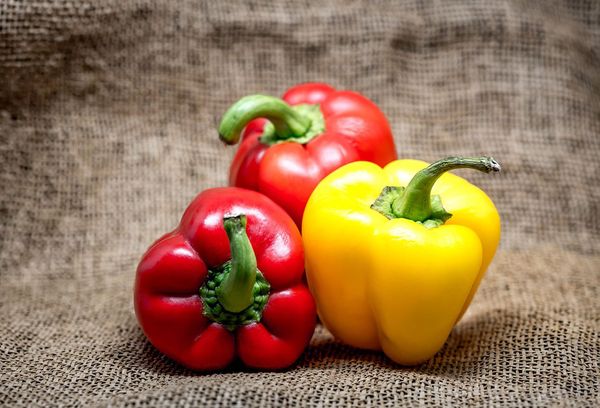
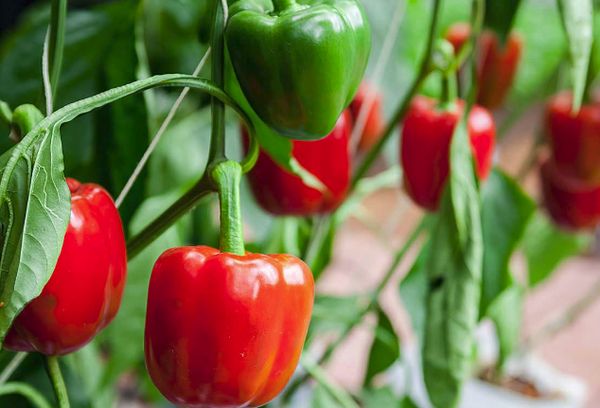
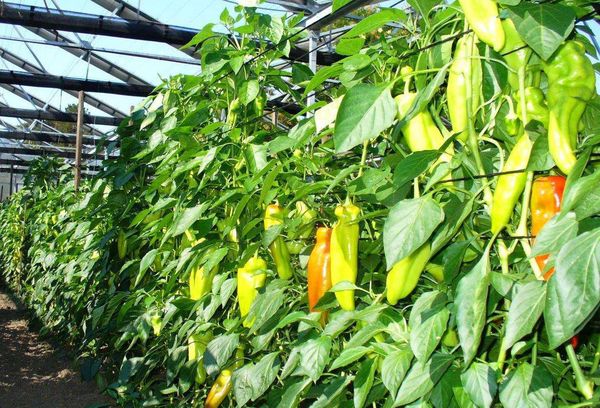
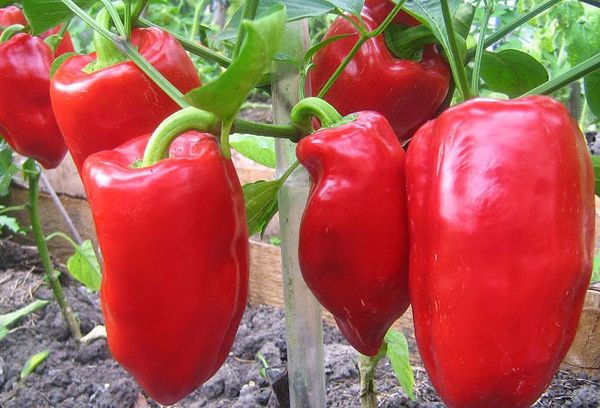
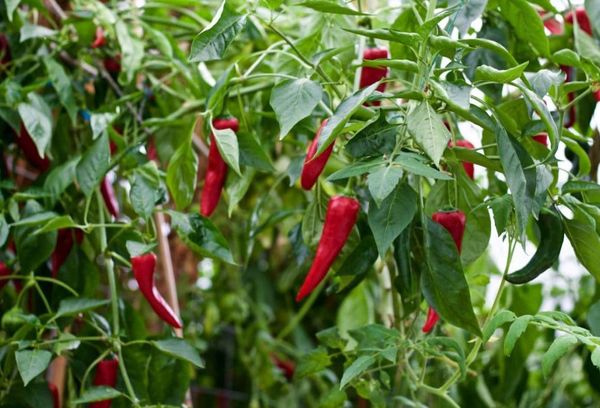
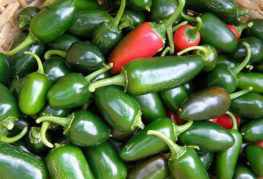

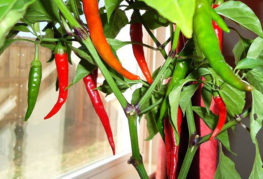

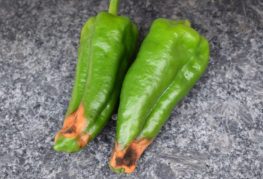

and will be published shortly.